What’s the future of work in India? Job creation through entrepreneurship
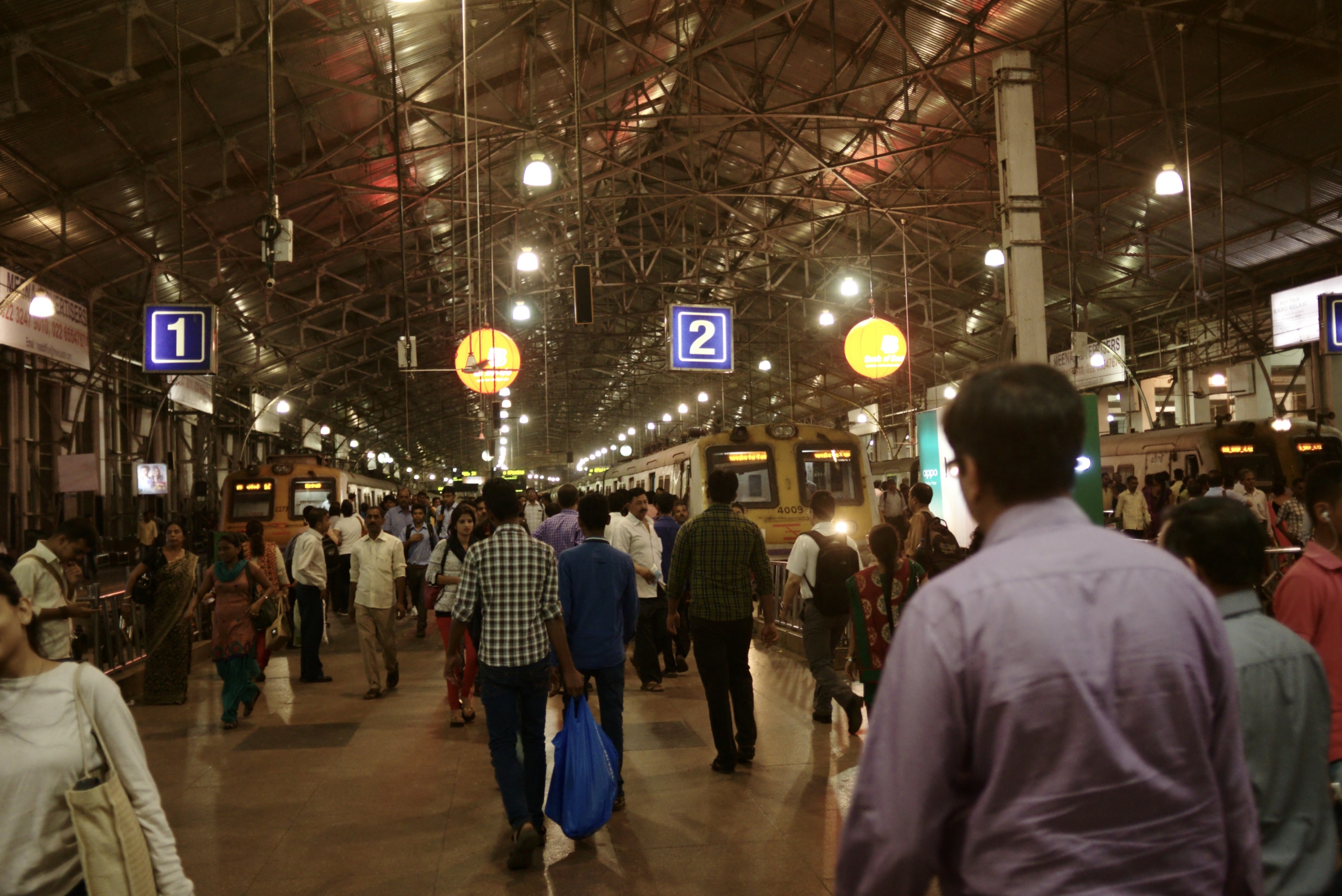
What are the challenges and complexities facing India when it comes to the future of work? Kanika Verma and Shrashtant Patara from Development Alternatives, the world’s first social enterprise dedicated to sustainable development, share their experience with creating jobs through entrepreneurship, the system approach to development and the importance of self-actualisation.

Kanika Verma leads the Inclusive Green Entrepreneurship vertical of the Development Alternatives Group. She is also part of the leadership team incubating Indian Micro Enterprises Development Foundation, a section 8 company that aims to build local ecosystems for green and inclusive entrepreneurship. Kanika is passionate about social innovation and system change, and philosophically and practically she sees herself “building bridges” that connect the unique aspirations of potential entrepreneurs to an ecosystem of enabling services. She leads the “la Caixa” Banking Foundation supported “Work4Progress” programme – a social innovation platform for entrepreneurship-driven job creation for women and youths. She is currently pursuing an M.Phil. with a specialisation in Inclusive Innovation at the University of Cape Town. She led a financial investment firm in the USA for seven years, prior to joining the Development Alternatives Group in 2011 to pursue her ambition of being a social entrepreneur.

Shrashtant Patara has been with the Development Alternatives Group since 1988, providing research expertise, management capability and strategic direction to teams working in the areas of Habitat, Renewable Energy, Water and Sanitation, Waste Recycling and Livelihood Support Systems. His work is at the forefront of designing multi-stakeholder based approaches to the resolution of complex development challenges, establishing sustainable service-delivery models that are directed towards local economic development, regeneration of the environment and greater social equity. Currently, Patara is responsible for the management of programmes aimed at creating community benefits through the promotion of entrepreneurship and sustainable technology solutions.
Across the world, people are facing different challenges when it comes to the future of work. What challenges are you facing in India?
Kanika Verma: The context and point of view of the global south is very different to the global north.
Shrashtant Patara: It is almost impossible to define work in India, let alone figure out how much unemployment there is, because there is a whole spectrum in between. From joblessness through underemployment, disguised employment, seasonal unemployment to part-time unemployment, supplemental income, jobs in the informal economy and regular employment in the formal economy. There’s so much complexity that one has to map it to even begin to understand.
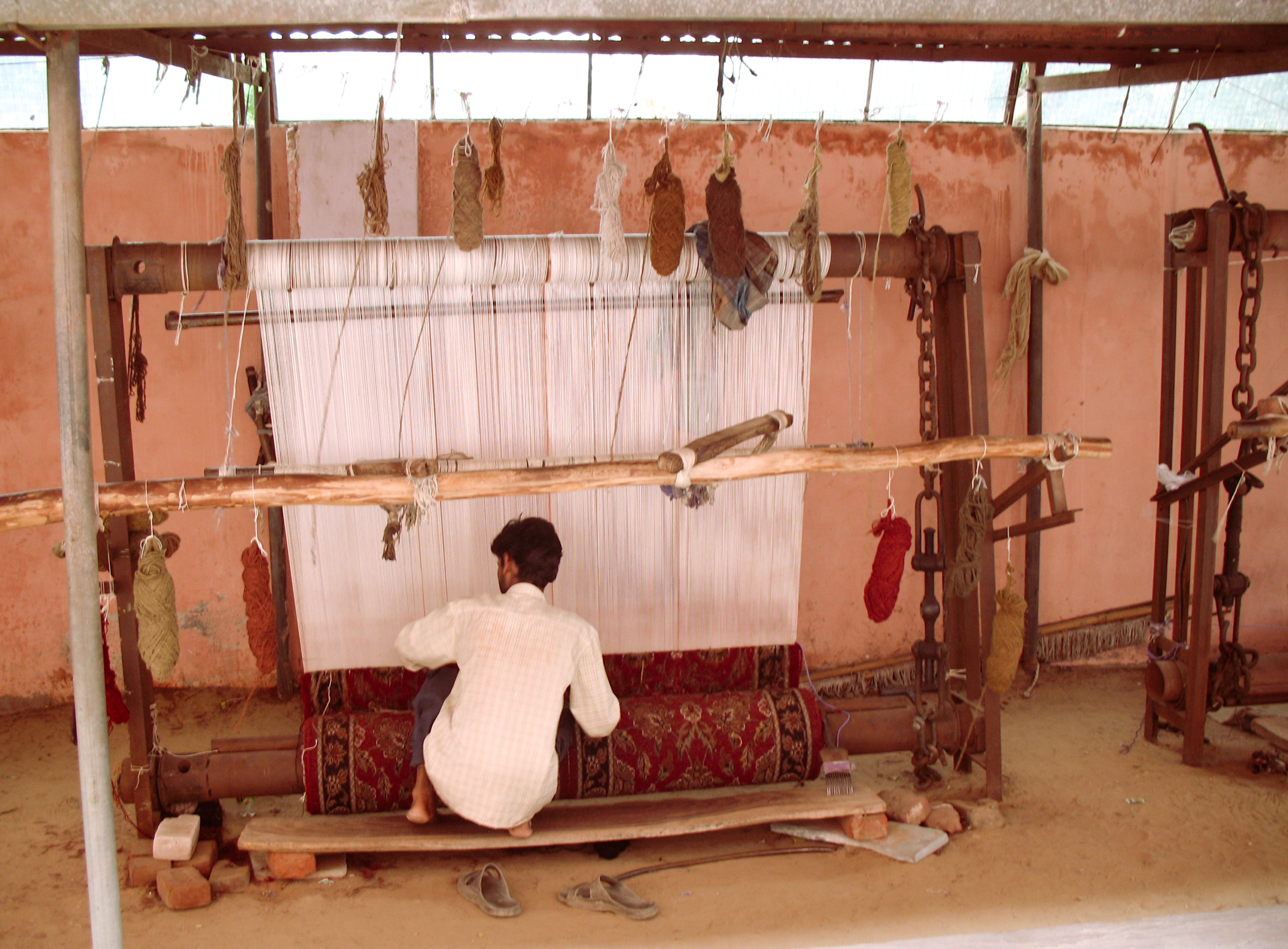
Do you have an estimate of how many people are part of the formal versus informal economy?
SP: If we take participation in social security schemes of the government as a measure, only 3% of India’s workforce is covered in the so-called Employees’ Provident Fund. So you can imagine what’s happening with the other 97%.
KV: One of the reasons a lot of people live in informality is because they don’t trust the system. They don’t want to pay taxes, because they don’t understand the value of it.
SP: When they think in terms of a transition into the formal economy, they see lots of rules, regulations and restrictions, and they don’t really see the benefits.

KV: The one exception is that a lot of entrepreneurs shift from informal to formal because they want to digitise their business and sell online. They are not able to do that if they don’t have the goods and services tax registration, so they are moving into the formal space because the opportunity presents itself for them to do so.
How do you approach the complexity of this issue?
SP: The challenges around the future of work require systemic solutions. You can’t solve that problem just by saying all companies should recruit more or the government should provide more jobs. All governments promise millions of jobs whenever there are elections, but those jobs never appear. And this has been going on for 40 years. If you just go in with a straightforward problem-solution model, you might scratch the surface, but nothing’s really worked so far.
“The challenges around the future of work require systemic solutions. You can’t solve that problem just by saying all companies should recruit more or the government should provide more jobs.”
KV: You need to look at where most of the economic population lives, otherwise you will totally miss out on providing realistic solutions.
SP: Another big advantage of systemic solutions is sustainability. The chances of a change sustaining itself on its own without project support is much higher, because it has taken note of the complexity, it has been designed for the context, and it has involved different stakeholders, so there’s much more buy-in from everyone.
Why are systemic solutions still so hard to come by?
SP: When it comes to systemic change, one of the biggest hurdles is funding. Funding for development organisations often has fairly narrowly defined purposes. Therefore you can work on solving the symptom of the underlying problem, but you can’t really address the underlying reasons which cause the problem in the first place. Donors – anyone from the government through to corporations or grant-making foundations – want to see results quickly. They want to see that the money’s being used for something tangible.
Development Alternatives
Development Alternatives is the world’s first social enterprise dedicated to sustainable development. It's a research and action organisation striving to deliver socially equitable, environmentally sound and economically scalable development outcomes.
Ever since its inception, Development Alternatives has been dedicated to systemic transformation.
Which part of that employment spectrum do you focus on at Development Alternatives?
SP: We look at job creation through entrepreneurship. We focus on people who have some level of subsistence and security. We work with people who have aspirations, who want to do good work, who want to earn a decent living. These are all people who develop the confidence to put their money on the line. That is very important also in terms of building economies. There’s so much latent demand in the Indian market within villages and small towns. If you can let that demand express itself, the possibilities in terms of creating new kinds of work are limitless. Our focus is on how do you unleash entrepreneurship? How do you get access to knowledge, to finance, to technology, so that these people can run not just profitable, but highly impactful businesses in social and environmental spaces?
“There’s so much latent demand in the Indian market within villages and small towns. If you can let that demand express itself, the possibilities in terms of creating new kinds of work are limitless.”
KV: I call it self-actualisation. We unleash those energies that exist inside. Many young women have been told all their life, “you can’t do this, you shouldn’t be going out of the house, you shouldn’t be doing that.” We realised that to enable women to really self-actualise we need to create a brave space for them to “unlearn” that they are not able to do things. We want to ensure that anyone with any kind of a unique experience is able to build a library of livelihoods themselves. Instead of asking “What will the future of work look like for people?”, we’re saying, “You can decide for yourself by becoming entrepreneurial.”
What’s your response to people who say that not everyone is going to be an entrepreneur?
KV: Our response is that many will be, right? Many will be, many are. People in the area are entrepreneurial in nature. There is a desire to do something on their own. For various reasons it gets suppressed, or there’s not an ecosystem to support it. Our hope is that these are the people who could create the jobs.
“We want to ensure that anyone with any kind of a unique experience is able to build a library of livelihoods themselves. Instead of asking “What will the future of work look like for people?”, we’re saying, “You can decide for yourself by becoming entrepreneurial.”
How many jobs can be created by supporting entrepreneurship?
KV: When we talk about entrepreneurial ventures, we’re talking beyond just self-employment, so on average about 10 created jobs. These are the people who will be able to create local dignified jobs or livelihoods for people, as opposed to waiting for large businesses to come. In fact, if you contrast the investment that goes into a large business being set up and the number of jobs that are going to be created, it pales in comparison to the number of jobs created if an equal amount of money is invested in multiple small businesses. On top of that, small businesses don’t force a person to move to the city and away from their family.
How a citywide social system relieves women from unpaid care work

SP: Just to illustrate Kanika’s point, I’m going to mention the most traditional of industries – construction. If you want to set up a new cement factory in India, you’ll have to invest about $3 million USD. That creates about 1,000 jobs for the company itself, and then you have another 2,000 related jobs. So that creates 3,000 jobs in total. With the same amount of money invested by micro-entrepreneurs, we can set up about 6,000 micro-enterprises all across the countryside. Each employs at least 5 people, so you’ll get 30,000 jobs compared to the 3,000. These jobs are local, decentralised, and the value is being created within communities, not for shareholders of a company who might even be sitting in Europe or the United States.
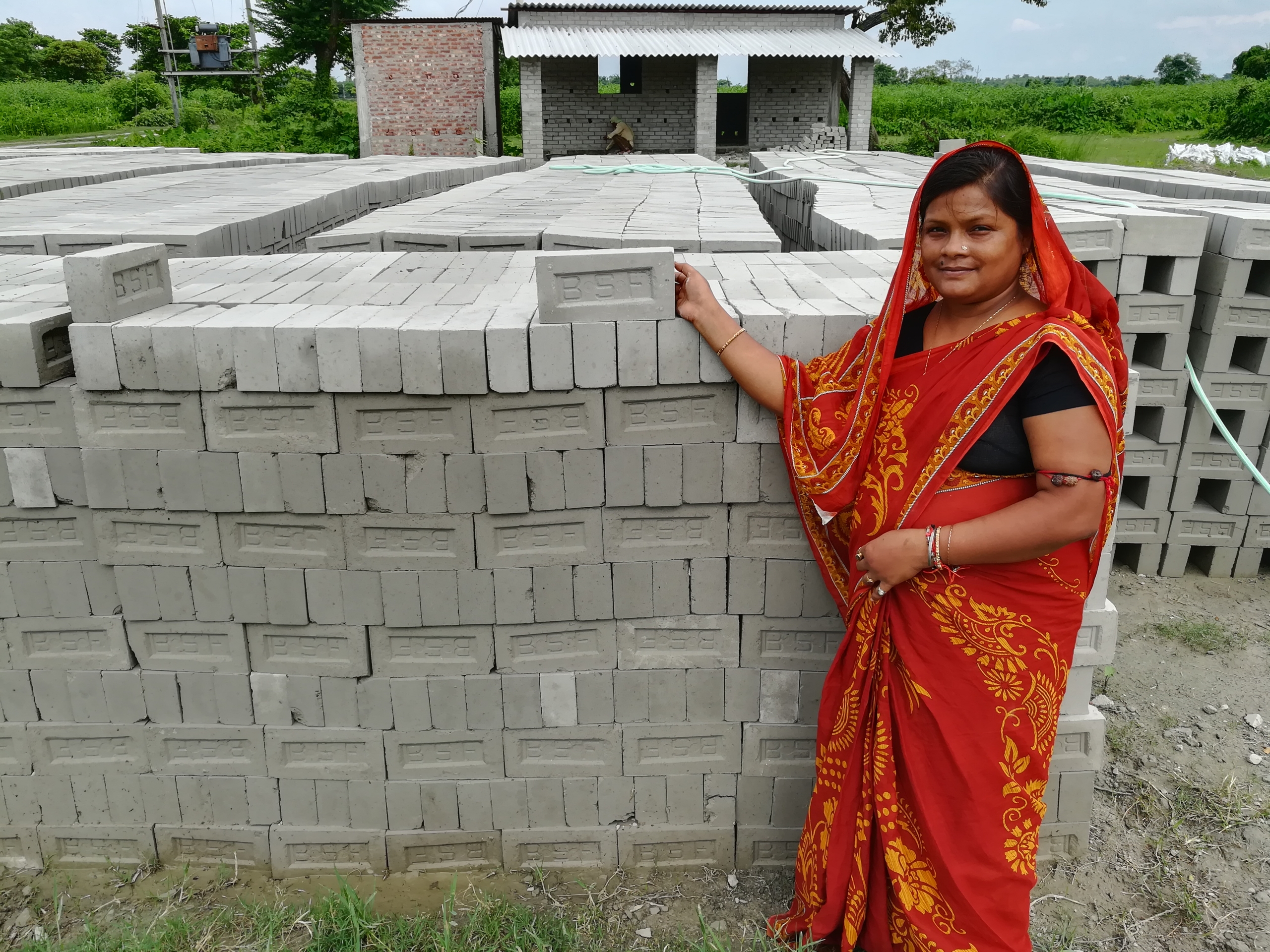
KV: Family plays a very important role in the informal space. Many entrepreneurs employ their family members first, and then decide to go and find more people to work with. The community plays a strong role, too. If you want to set up a business, your first reference check is someone in the community, your neighbour. When you see your neighbour is doing something, you are inspired to do something, too.
Can you give us an example of someone you’ve worked with?
SP: For example, a big company sells ice cream in India. Now what do you do in that small town of Uttar Pradesh? Do you perpetuate that model of getting ice cream manufactured in big factories and then going out to the people through a distribution network, getting there one week after it’s been manufactured? There’ll be some sales people who make a little bit of money, but ultimately it’s the large corporations that are benefitting. Or do you get that aspiration met through local enterprises? We helped one lady set up an ice cream business and now she employs 20 people. She is four years into the business, it is successful and growing.
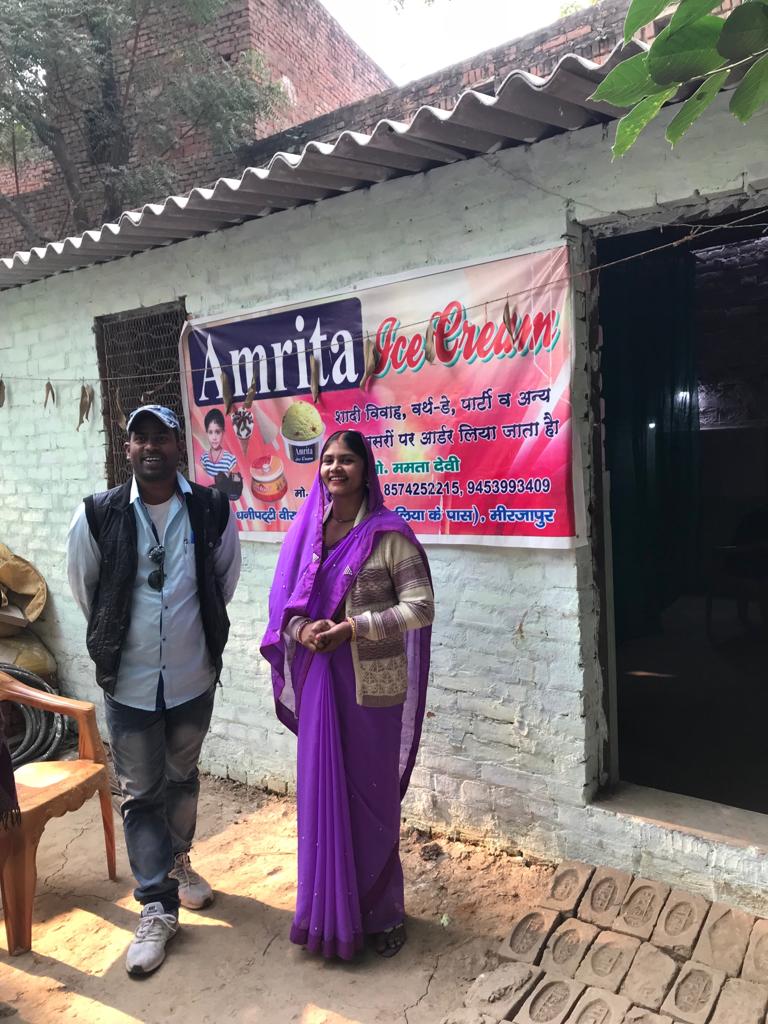
Do you utilise modern technology to help people become entrepreneurs? How?
KV: I see many people using technology for consumption, but not so much for production purposes. I ask myself a lot: What would be the institutional structure or facilitation required to show that you can use technology to build something? That is why we built a virtual co-working space which enables women to connect with each other and to the outer world, so that they don’t get left behind.
SP: We call it a window to the world beyond the village. We’ve had fabulous outcomes. Now there’s a young lady in a remote town who is working with a photographer in Mumbai. It has helped her to hone her skills and she’s created new work for herself.
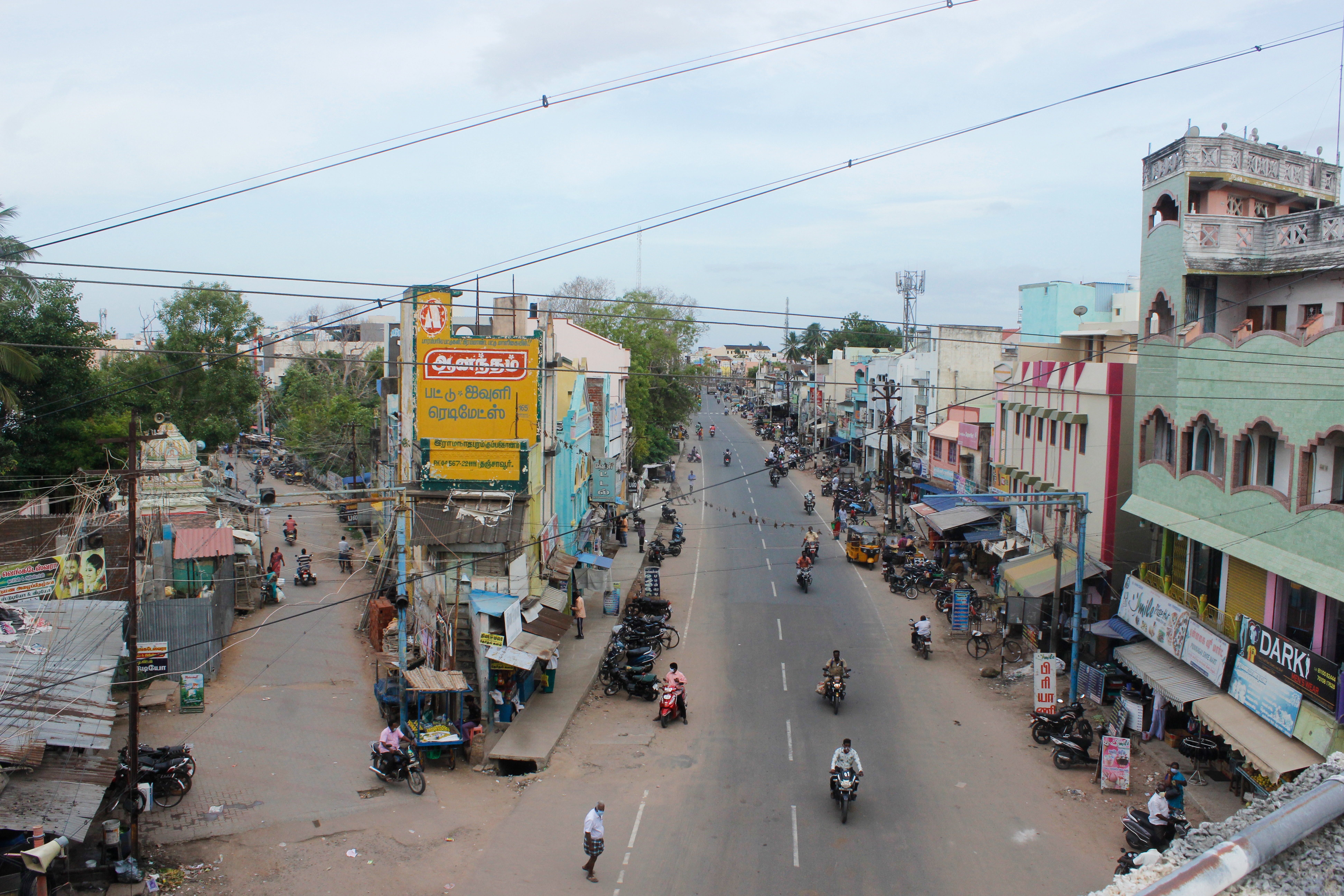
Sustainable freelancing marketplace for future female freelancers
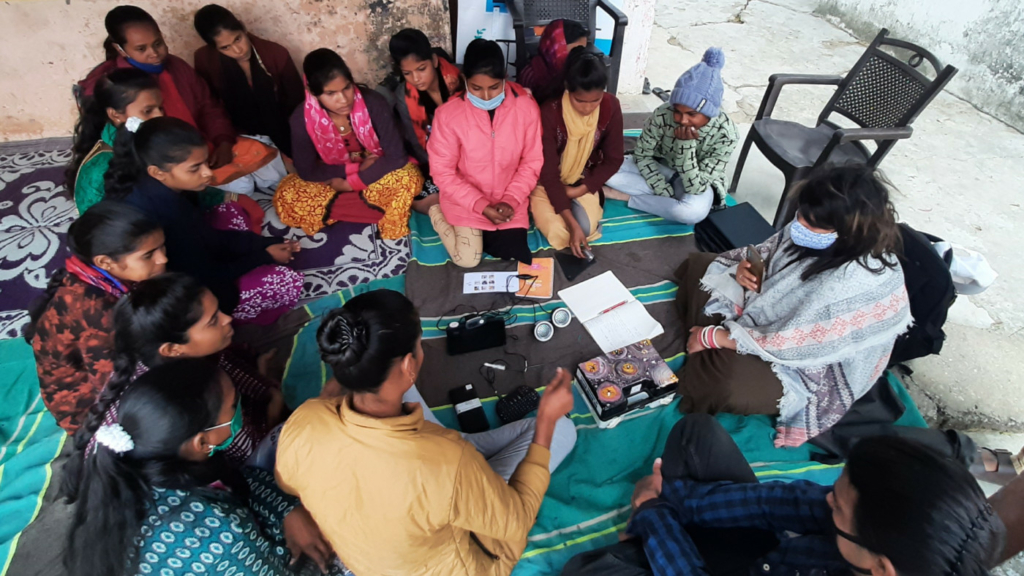
With the support of Development Alternatives, Janastu's AsPi aims to help young women in small towns gain essential skills related to “gig” opportunities and build themselves up as successful freelancers. It brings three parties together – young women as budding freelancers, proficient freelancers as mentors, and local companies as “gig” providers on a virtual marketplace, thereby enabling access and partnerships between them.
How will technological advances influence the future of work?
KV: There’s been a lot of conversation about how technology will play a role in the future of work. If we keep designing jobs as a reaction to new technology, people will always need to keep up and upskill. We want technology to be a means to an end, and not an end on its own. It sounds like a cliché, but it is key to listen to all kinds of people’s wants and aspirations. Based on that we can build an understanding of what the work will look like in the future and use technology to get there.
“If we keep designing jobs as a reaction to new technology, people will always need to keep up and upskill. We want technology to be a means to an end, and not an end on its own.”
SP: There will obviously be different kinds of occupations. New things will emerge. But what’s very important for us is the process: What is the ecosystem that you’re putting in place to help those new kinds of work to emerge?
To sum this conversation up, what needs to happen to enable work to flourish in the future?
KV: I think there are three conditions that need to be met. First, people need to have access to choices and resources. Second, they need to have the confidence to make those choices and know they can succeed. The third condition is an ecosystem that is able to respond and support them. That is what we are trying to do.
Images: Shutterstock, Flickr, Development Alternatives


